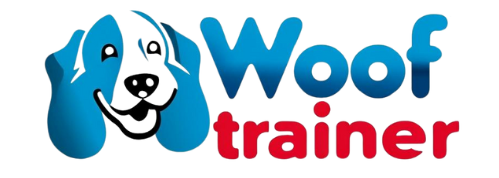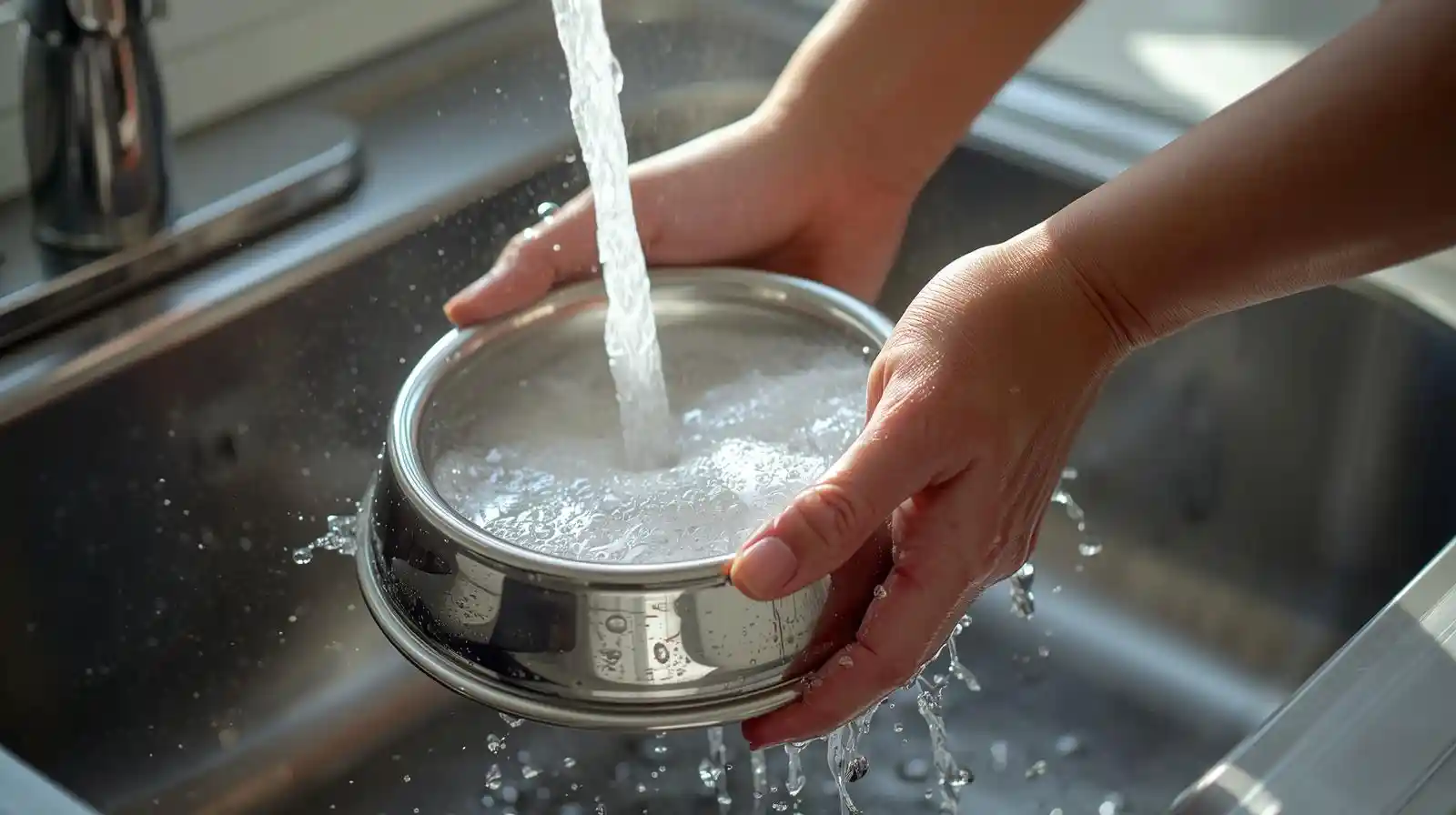Maintaining a clean dog bowl is more than just about appearance—it’s essential for your pet’s health and hygiene. Stainless steel bowls are popular because they resist rust, don’t retain odors like plastic, and are generally safe and durable. But even stainless steel can harbor harmful bacteria if cleaning and sanitizing are neglected. This tutorial explains how to clean stainless steel dog bowl properly, when to sanitize, what products to use, and pitfalls to avoid.
Why Cleaning Stainless Steel Bowls Matters
- A 2023 study involving 351 dog caregivers showed that metal bowls (mainly stainless steel) had higher total mesophilic aerobic bacteria counts (TMABc) vs plastic bowls. (PubMed)
- The same study found that wash method matters: hand washing produced higher Enterobacteriaceae counts compared to dishwasher use.
- Another source from AKC/Human–Animal Health highlights that bacterial risks like Salmonella and E. coli are greater when wet food is left in bowls, or when bowls are washed infrequently. (AKC)
Thus, proper cleaning of stainless steel bowls reduces risk of infection for dogs—and even transmission to humans.
Overview of Stainless Steel Bowl Care
| Stage | Recommended Practice |
|---|---|
| After each use (wet food) | Immediately remove leftover food; rinse; wash with hot, soapy water. |
| Daily (dry food or water bowls) | Wash or at least rinse, depending on usage; sanitize periodically. |
| Weekly deep cleaning | Sanitize, check for damage, remove mineral buildup. |
| Replace when needed | When steel is badly scratched/ pitted, or coating/mirror finish severely damaged. |
Step-by-Step: Cleaning Your Stainless Steel Dog Bowl
1. Pre-rinse Immediately After Use
After feeding, especially wet food, scrape off all remnants. Rinse under hot running water (preferably > 38 °C / ~100 °F). This helps reduce dried-on residues that trap bacteria.
2. Wash with Hot Soapy Water
Use a pet-safe dish soap, hot water, and a clean sponge or cloth dedicated just for the dog bowl. Scrub all surfaces including inner bottom, sides, lip. Pay special attention to any grooves or welds. Hot water helps kill many microbes. Research shows hand-washing works, but may leave more bacteria than dishwasher if not thorough. PubMed
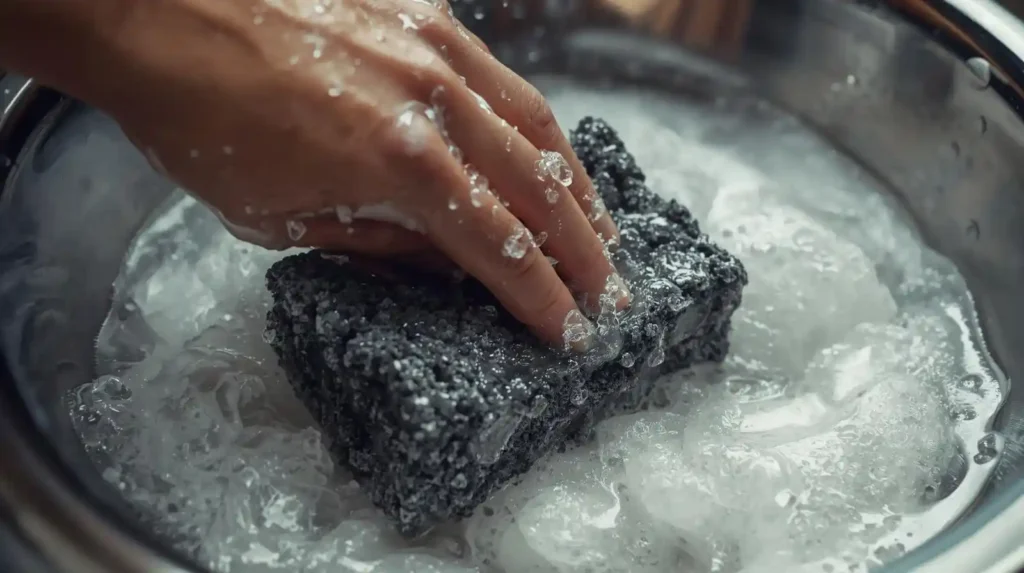
3. Rinse Thoroughly
Soap residue can irritate a dog’s mouth or interfere with taste. Rinse until suds are gone. If possible, finish rinse with very hot water.
4. Sanitize Periodically
At least once a week, or more often if the dog is sick, using one of these methods:
- Dishwasher with High-Heat / Sanitizing Cycle: If bowl is labeled dishwasher safe. This is among the most effective. The study found lower bacterial counts when bowls were cleaned in a dishwasher.
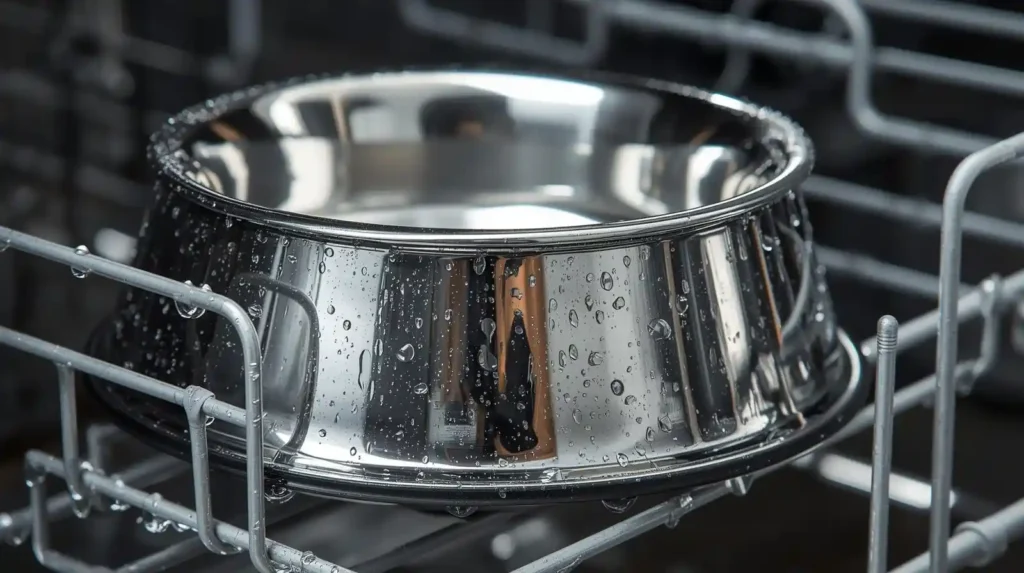
- Diluted Bleach Solution: ~1 teaspoon (≈5 ml) unscented bleach per quart (~1 L) of water. Soak for 10 minutes, then rinse thoroughly. Use only when necessary and ensure no lingering bleach smell.
- Vinegar Soak: 1:1 part white vinegar to hot water soak for 10-15 minutes, then scrub and rinse. Good for mineral or calcium buildup. Natural and safer for more frequent use.
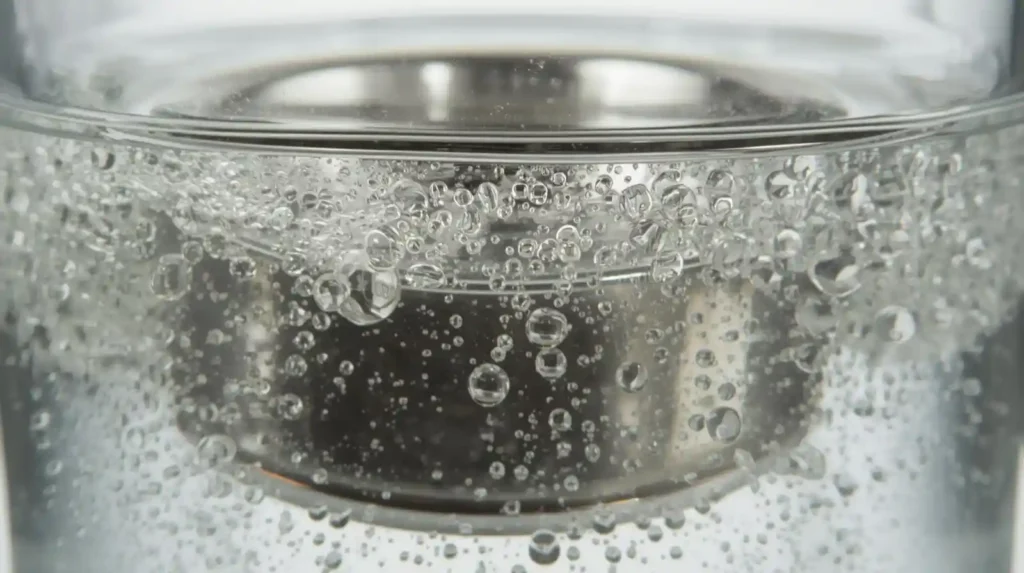
5. Dry Completely
After rinsing/sanitizing, dry with a clean towel or air-dry in a clean spot. Moisture left behind encourages biofilm and bacterial growth.
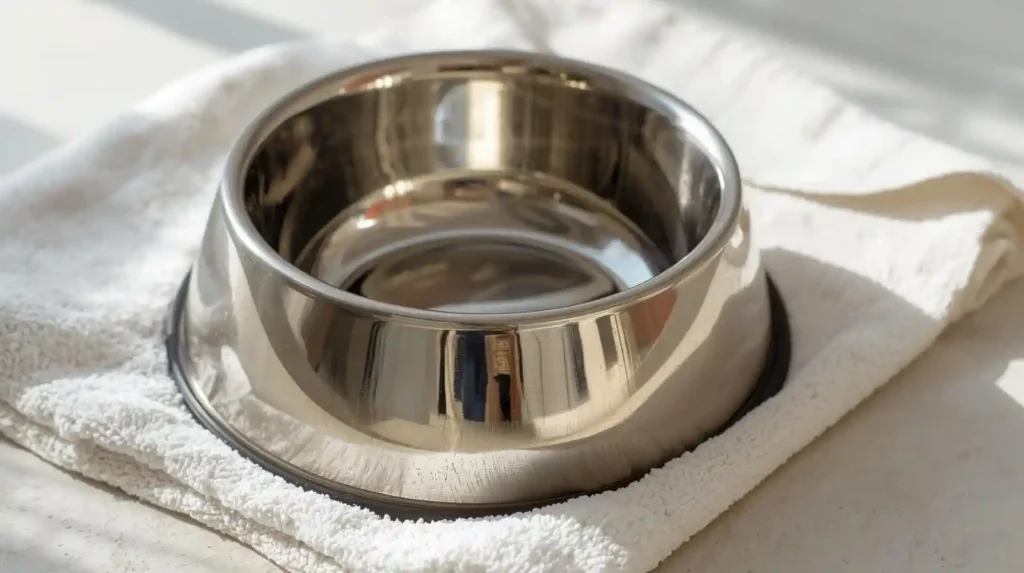
6. Inspect for Damage
Even stainless steel can get scratched, dented, or develop crevices. These imperfections trap bacteria. Replace bowls when damage is severe.
Tips & Best Practices
- Use separate brushes/sponges for pet bowls to avoid cross-contamination with human dishes.
- If feeding wet food, wash bowl after every meal. If dry food only, then daily wash is sufficient.
- Rotate two sets of bowls: one in use, one being cleaned/dried. Helps to maintain hygiene consistently.
- Store food (dry or wet) properly. Avoid storing dry food next to human food in ways that could allow cross-contamination. (PLOS)
- Know whether your bowl is labeled dishwasher safe. If so, using the dishwasher helps. If not, hand wash only.
Safety Products to Use / Avoid
Use:
- Unscented, pet-safe dish soap
- White vinegar
- Diluted bleach (only occasionally; ensure full rinse)
- Dishwasher safe stainless steel bowls
Avoid:
- Harsh abrasive scrubbers (steel wool) – these can scratch the surface, leading to crevices that harbor bacteria.
- Harsh or scented chemicals whose residue your dog might ingest.
- Bowls with coatings or paints that may chip off.
Relation to Other Topics
-
For readers wanting a deeper dive into materials, features, pros/cons, see The Ultimate Guide to Stainless Steel Dog Bowls, which covers choosing the right bowl.
-
For addressing safety concerns of stainless steel versus alternatives (“plastic, ceramic, etc.”), see Are Stainless Steel Dog Bowls Safe for Your Pet?
-
If you want to know specifically whether you can put your stainless steel dog bowl in the dishwasher, see Are Stainless Steel Dog Bowls Dishwasher Safe?
FAQ
-
How often should I clean a stainless steel dog bowl?
Clean wet-food bowls after each meal. Dry-food or water bowls: at least once daily. Sanitize weekly or more often if the dog is ill. -
Can I use the dishwasher for stainless steel dog bowls?
Yes, if labeled dishwasher safe. Use high-heat or sanitizing cycle. Dishwasher cleaning tends to reduce bacterial counts more reliably than hand washing alone. -
Is diluted bleach safe to use on stainless steel bowls?
Yes — when used properly (weak solution, short soak, thorough rinsing). Avoid overuse. Bleach can leave residue or odor if not completely removed. -
What if my bowl has scratches or dents?
Scratches/dents can trap food and bacteria. If cleaning does not fully restore cleanliness, replace the bowl. -
Does vinegar damage stainless steel?
When used in moderation (short soak, followed by rinse and drying), vinegar is safe and effective, especially for mineral deposits. Avoid long term exposure to highly acidic solutions, which may dull finish over time. -
What if my dog has health issues – do I need to clean more often?
Yes. Dogs with compromised immunity, skin problems, or gastrointestinal issues benefit from more frequent sanitizing (e.g. every few days) and stricter hygiene (e.g., separate feeding area, sanitized utensils).
